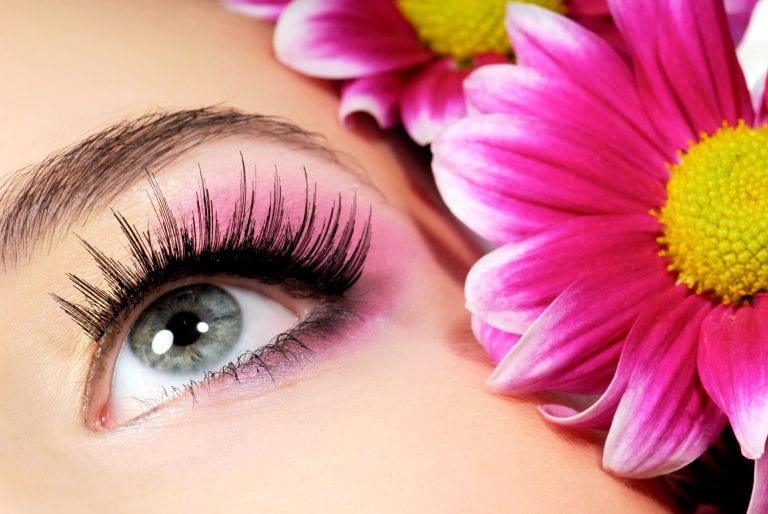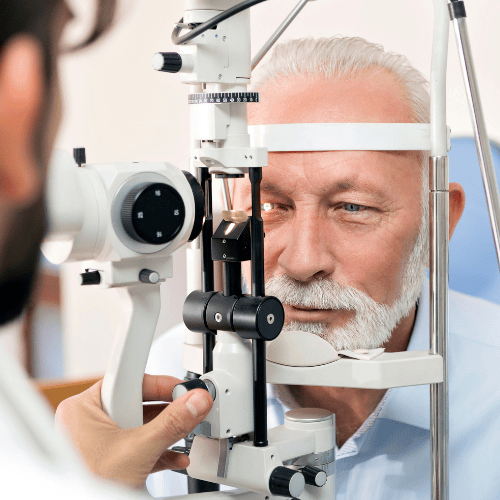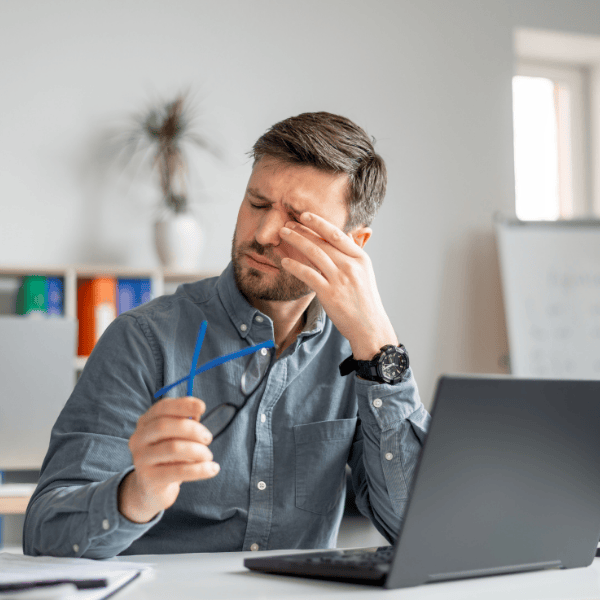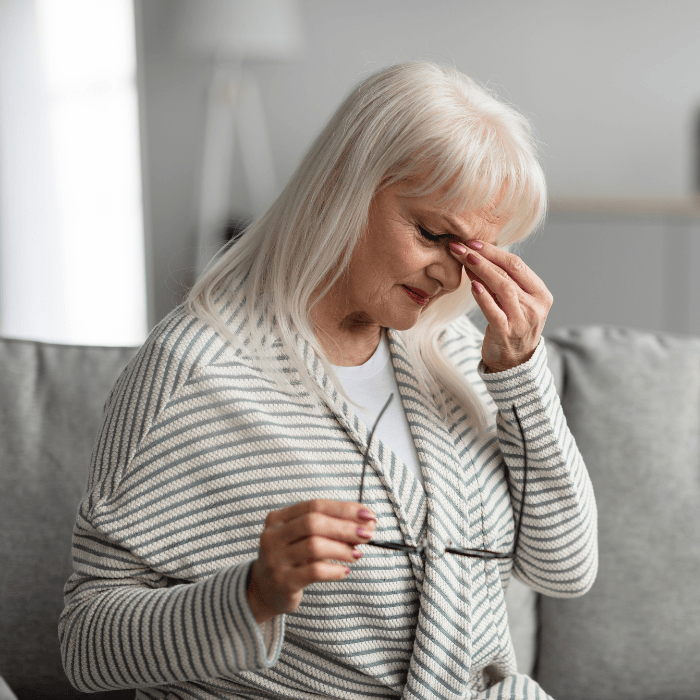THE RISK OF EYELASH BEAUTY TREATMENTS

The popularity of several different non-surgical eyelash treatments has risen dramatically in recent years. False eyelashes alone are expected to be a $2 billion dollar industry by the year 2024. Our doctors have seen a rapid increase in the use of eyelash treatments – be aware that there are risks if you choose to have these procedures done to your eyes. Here is a guide to the most common eyelash beauty treatments and the risks involved to your eye health.
False lashes
These involve a strip of false material connected together and attached to the eyelid or eyelash area with glues or magnets. The glues often contain harsh ingredients like formaldehyde and latex which are toxic to the eye’s surface and can cause allergic reactions. They trap dirt and debris within the material and the glue that is difficult to wash away, which can lead to blepharitis (a condition involving infection and inflammation of the eyelid margins) and styes (lumps and bumps within the eyelids). Our doctors recommend: take breaks from false lashes or reserve for special occasions. Use eyelash glue that does not contain formaldehyde – apply use a small amount of glue or metallic eyeliner on the inside of your wrist to test for allergies prior to use around the eye. Clean your eyelashes thoroughly with an approved cleaner in between use.
Eyelash extensions
Where a single synthetic lash is glued to existing eyelash. 50-200 are applied individually with tweezers. There is a high risk of injury during application of these due to the time it takes to apply a typical treatment. The glues involved use the same ingredients as false lashes, sometimes in stronger concentrations. Filling extensions involves removing the glues with solvents that are irritating to the eye’s surface. Our doctors recommend: continued cleaning of the eyelid margins using proper technique and products – glues used for extensions trap dirt and debris much more than your regular eyelashes do which increases the risk for inflammatory and infectious conditions. Use glue that does not contain formaldehyde and use an oil-based remover instead of a harsh solvent for removal.
Lash lifts/perms/tints
Lashes are curled upwards and toxic chemicals applied to change their colour. These chemicals can be dangerous to the surface of the eye, with a risk for cornealabrasion that could lead to serious infection. Our doctor’s advice: stay away from these types of treatments.
Eyelash growth serums
Often use the same types of drugs that are used to treat glaucoma. Side effects of these drugs include itching, redness, irritation, and darkening of the eyelid skin and iris colour. Our doctor’s advice: avoid the use of eyelash growth serums due to the associated side effects. Discontinuing the serum will usually stop the irritation however the darkening of the skin and iris will likely be permanent.
Tattooed eyeliner
The inks used contain metallic ingredients which can induce allergies. These procedures can also cause bruising, swelling, infections and scarring. Injecting a dye that you may be allergic to can create long-term consequences and is more difficult to treat than somethingapplied to the skin’s surface. One study found an increased risk of Dry Eye Disease in patients who received tattoos on their eyelids. Our doctor’s advice: avoid this procedure due to the potentialrisks.
If you are experiencing a “lash treatment gone wrong” book an appointment immediately with one of our eye doctors to ensure you receive prompt and appropriate treatment.
Source: Review of Optometry Nov. 15, 2019 “Lashing Out: Dangerous Beauty Trends”











